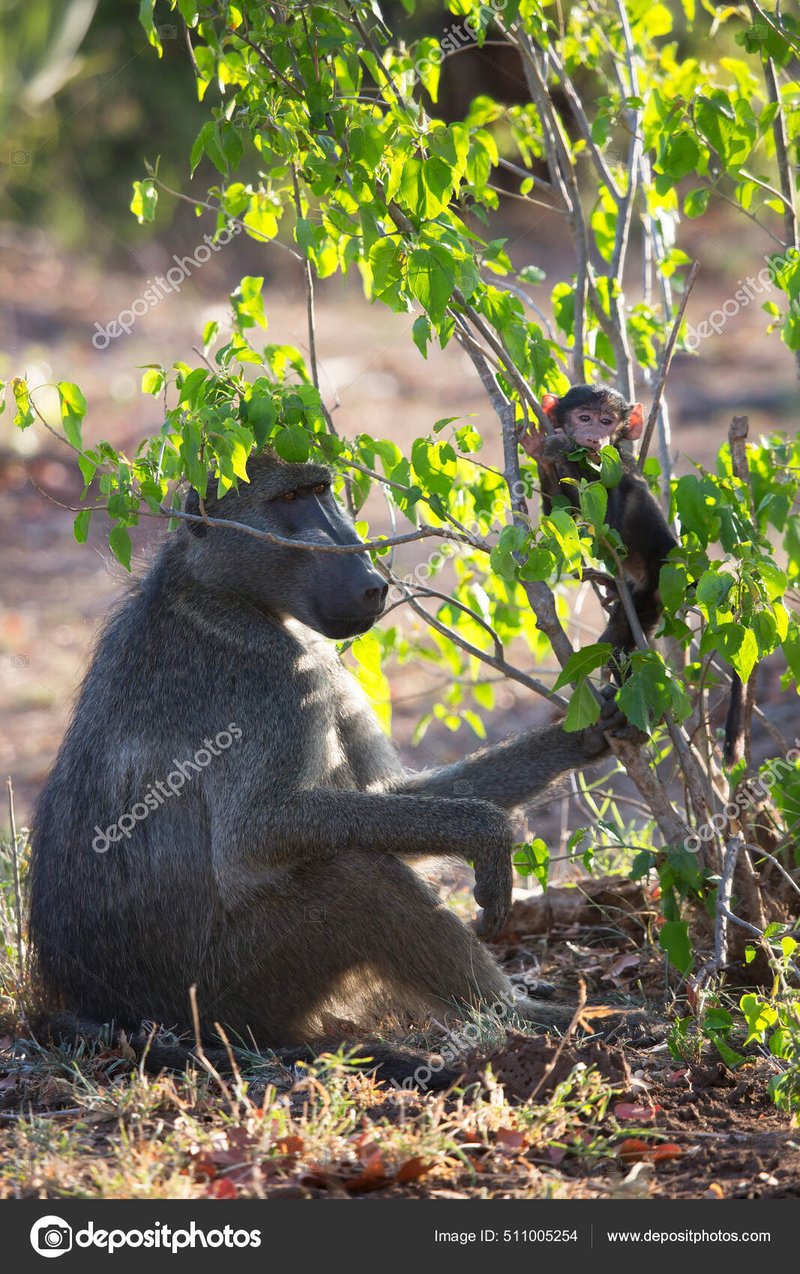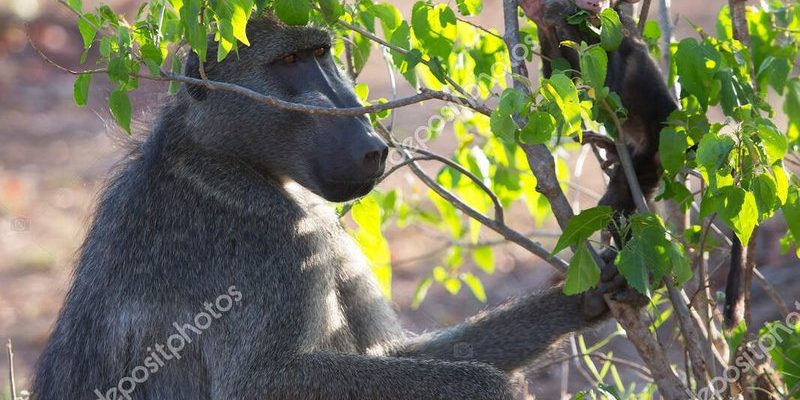
Baboons are found in various habitats, from arid savannas to rocky hills. They’ve adapted in fascinating ways to meet the challenges these environments present. It’s like they’re living life with a playbook of tricks up their sleeves, using social dynamics and intelligent behaviors to stay ahead. Grab your coffee, and let’s dive into how these remarkable creatures manage to not just exist, but thrive.
Adaptations to Dry Conditions
In many parts of Africa, baboons encounter dry conditions that can be tough on any living creature. Baboons have developed some smart strategies for dealing with limited water supplies. For instance, they often feed on fruits and leaves rich in moisture. Think of them as nature’s little foragers, always on the hunt for that succulent snack. Their diet is incredibly diverse, allowing them to extract necessary nutrients from various sources, making them less reliant on water than some other animals.
Additionally, these primates are known for their ability to travel long distances in search of food and water. A typical baboon troop can cover several miles a day! Sounds exhausting, right? But for them, it’s all part of the adventure. They often choose paths based on knowledge passed down through generations, showcasing their incredible memory and learning.
Baboons also tend to be more active during the cooler parts of the day, such as early morning or late afternoon. By avoiding the scorching sun, they’re able to conserve energy and reduce the risk of overheating. It’s almost like they have their own scheduling system, designed specifically for survival.
Social Structure and Cooperation
When it comes to surviving in harsh environments, baboons excel in the art of teamwork. Their social structure is complex and vital for their survival. Living in troops ranging from a few individuals to over a hundred, baboons rely heavily on their social bonds. You might be thinking, “How does that help them survive?” Good question!
First, they provide protection in numbers. When a troop is threatened by a predator, like a leopard, the majority band together to fend off the intruder. This collective effort increases their chances of survival. Moreover, they engage in cooperative child-rearing, where other troop members help care for infants. This sharing of responsibilities allows mothers to forage for food more effectively, ensuring that their young ones grow up healthy.
Communication is another essential part of their social life. Baboons use a range of vocalizations, facial expressions, and body language to convey messages. It’s like they have their own language! This allows them to warn each other of dangers or alert the group to a food source. Honestly, just thinking about their social skills makes you appreciate how intertwined their lives are.
Resourcefulness in Finding Food
In the wild, food can be scarce, especially during dry seasons. But baboons are true opportunists. They’re known to be quite resourceful when it comes to finding food. From digging for underground tubers to raiding crops from nearby villages, baboons use their intelligence to find sustenance. Imagine them as little treasure hunters, always looking for their next meal.
Baboons can also adapt their diets based on availability. They eat fruits, seeds, insects, and even small animals. This flexible eating style means they can thrive in a variety of environments. For instance, in areas where fruit trees are abundant, they will focus on fruits. However, when those resources dwindle, they quickly switch to nuts or insects.
What’s more impressive is how baboons share information about food sources with each other. If one baboon finds a particularly fruitful tree, it might call out, signaling others to join. It’s a clever way to ensure that everyone benefits, emphasizing their strong social ties and community behavior.
Adaptations to Climate Fluctuations
Baboons face fluctuating temperatures in their environments, which can be quite extreme. From hot days to chilly nights, adapting to these changes is crucial. Let me explain how they manage this. Baboons often seek shade during the hottest parts of the day. They’ll cluster under trees or find rocky outcrops to escape the heat, much like we might huddle under a cool awning on a scorching day.
In colder conditions, especially at night, baboons huddle close together. This behavior helps them conserve body heat—think of it as their version of a cozy blanket. Their thick fur also acts as insulation, allowing them to stay warm while sleeping. It’s fascinating how nature equips them with the tools they need to face these environmental challenges.
Furthermore, baboons can regulate their body temperature through behavioral adaptations. When it’s notably hot, they tend to pant, much like dogs do. This helps them cool down and maintain a stable internal temperature. Understanding these small details gives you insight into the incredible ways they adapt to their surroundings.
Using Tools and Problem Solving
You might be surprised to learn that baboons are one of the few non-human primates known to use tools. This isn’t just a clever party trick; it’s a vital survival skill. Baboons use sticks to dig up roots or stones to crack open hard nuts. Imagine having a toolbox of nature’s finest! This ability to manipulate their environment shows how innovative they can be when it comes to finding food and shelter.
Additionally, their problem-solving skills are noteworthy. In one study, baboons demonstrated the ability to solve puzzles to access food rewards. They’ll often work together to figure out complex issues that arise in their environment. This kind of intelligence is crucial for survival, as it allows them to adapt to changing circumstances rapidly.
Baboons even display a level of ingenuity in avoiding dangers. If a predator lurks nearby, they might employ distraction tactics or create diversions to protect the troop. Their flexibility and cleverness give them an edge in surviving harsh conditions, marking them as true survivors of the wild.
Baboons showcase incredible tenacity in how they survive harsh environments. Through clever social structures, adaptability, and resourcefulness, these primates have carved a niche for themselves in some of the toughest landscapes on Earth. Just like you might plan a survival strategy for a camping trip, baboons have their own set of skills to thrive against the odds.
Next time you hear about these amazing animals, remember the challenges they face and the clever tricks they use to overcome them. They remind us that survival isn’t just about strength; it’s often about intelligence, cooperation, and a little bit of creativity. Whether it’s finding food, protecting their young, or adapting to climate changes, baboons are a shining example of resilience in the wild.

